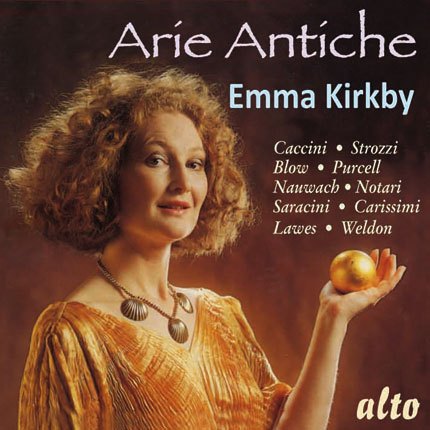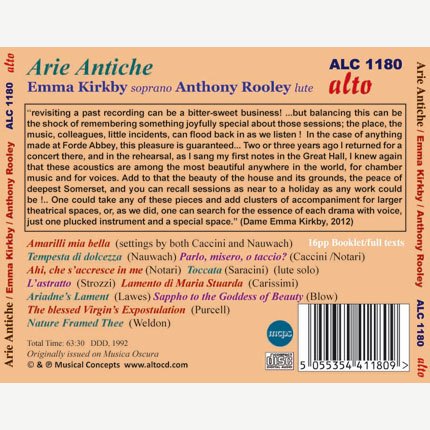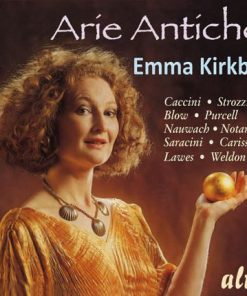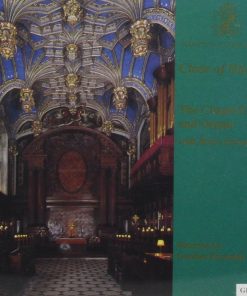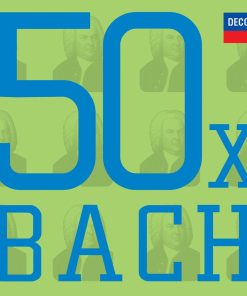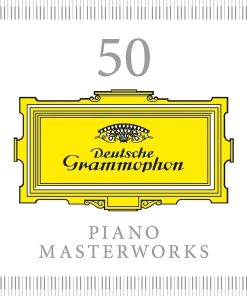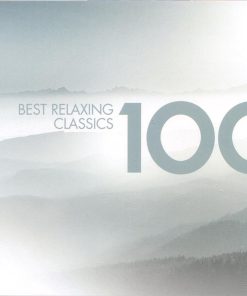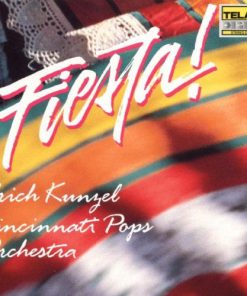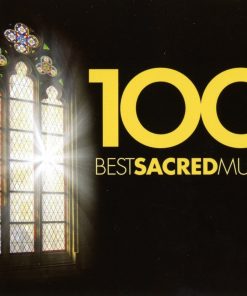ARIE ANTICHE – EMMA KIRKBY, ANTHONY ROOLEY ALTO
$ 7,99 $ 4,79
Arie Antiche
Emma Kirkby
Anthony Rooley (lute)
Remembering something joyfully special about those sessions; the place, the music, colleagues, little incidents, can flood back in as we listen ! In the case of anything made at Forde Abbey, this pleasure is guaranteed… Two or three years ago I returned for a concert there, and in the rehearsal, as I sang my first notes in the Great Hall, I knew again that these acoustics are among the most beautiful anywhere in the world, for chamber music and for voices. Add to that the beauty of the house and its grounds, the peace of deepest Somerset, and you can recall sessions as near to a holiday as any work could be !.. One could take any of these pieces and add clusters of accompaniment for larger theatrical spaces, or, as we did, one can search for the essence of each drama with voice, just one plucked instrument and a special space.” (Dame Emma Kirkby, 2012)
[1] Amarilli mia bella (Giulio Caccini) 2:32[2] Amarilli mia bella (Giulio Caccini/Johann Nauwach) 3:04[3] Tempesta di dolcezza (Johann Nauwach) 1:44[4] Parlo, misero, o taccio? (Guilio Caccini /Angelo Notari 4:07[5] Ahi, che s’accresce in me (Angelo Notari) 2:45[6] Toccata (Claudio Saracini) (lute solo) 3:25[7] L’Astratto (Barbara Strozzi) 8:33[8] Lamento di Maria Stuarda (Giacomo Carissimi) 9:04[9] Ariadne’s Lament (Henry Lawes) 10:03[10] Sappho to the Goddess of Beauty (John Blow) 5:21[11] The blessed Virgin’s Expostulation (Henry Purcell) 6:18[12] Nature Framed Thee (John Weldon) 6:25| PERFORMER | EMMA KIRKBY & ANTHONY ROOLEY |
|---|---|
| COMPOSER | VARIOUS |
Fast Shipping and Professional Packing
Due to our longstanding partnership with UPS FedEx DHL and other leading international carriers, we are able to provide a range of shipping options. Our warehouse staff are highly trained to pack your goods exactly according to the specifications that we supply. Your goods will undergo a thorough examination and will be safely packaged prior to being sent out. Everyday we deliver hundreds of packages to our customers from all over the world. This is an indication of our dedication to being the largest online retailer worldwide. Warehouses and distribution centers can be located in Europe as well as the USA.
Orders with more than 1 item are assigned processing periods for each item.
Before shipment, all ordered products will be thoroughly inspected. Today, most orders will be shipped within 48 hours. The estimated delivery time is between 3-7 days.
Returns
The stock is constantly changing. It's not entirely managed by us since we are involved with multiple parties such as the factory and our storage. The actual stock can fluctuate at any time. Please understand it may happen that your order will be out of stock when the order is placed.
Our policy is valid for 30 days. If you haven't received your product within 30 days, we're not able to issue either a return or exchange.
You are able to return a product if it is unused and in the same condition when you received it. It must also still remain in the original packaging.
